Have you ever wondered if retiring in paradise means emptying your savings—or if there’s a secret to living comfortably and affordably in some of the world’s most vibrant destinations? This guide to retiring in Southeast Asia uncovers everything you need for a smooth, fulfilling journey—costs, culture, safety, and hidden gems included.
Are You Ready for a New Chapter? — Why a Guide to Retiring in Southeast Asia Matters
Embarking on retirement is a major transition—one filled with both excitement and uncertainties. If the dream of turquoise waters, delicious cuisine, and year-round warmth calls to you, Southeast Asia stands out as a top contender for your next big adventure. But before you pack your bags and book a flight, it’s vital to have a trusted guide to retiring in Southeast Asia at your side. This isn’t just about finding the next beautiful beach (although there are plenty)—it’s about mapping out every aspect of your new life, from monthly income and legal concerns to healthcare access and social opportunities.
Southeast Asia’s low cost of living, welcoming expat communities, and diverse cultures make it uniquely appealing. However, each country and city offers its own set of advantages and challenges. The quality of life, visa requirements, healthcare systems, and safety rankings differ dramatically across places to retire like Da Nang, Kuala Lumpur, or Bali. Your decision isn’t just a financial one—it's about building a new home that fits your hopes, needs, and lifestyle. So, is Southeast Asia your perfect retirement destination? This comprehensive guide will help you decide.
“Isn’t it time to ask whether paradise really should come with a hefty price tag—or can you retire in Southeast Asia and truly find value, safety, and comfort?”

What You'll Learn in This Guide to Retiring in Southeast Asia
- Key considerations before you retire in Southeast Asia
- Cost of living differences by country and city
- How to choose the perfect place to retire in Southeast Asia
- Legal, visa, and healthcare essentials for retiring in Southeast Asia
- Lifestyle, cultural, and safety insights you won’t find elsewhere
Why Choose Southeast Asia for Retirement?
The Growing Popularity of Retiring in Southeast Asia
From sun-kissed beaches in Bali to the historic charm of Chiang Mai, retirees from the United States, Europe, and beyond are increasingly drawn to Southeast Asia. The region’s popularity is no accident—retirees cite its affordable cost of living, warm climate, and easy access to world-class healthcare as leading reasons for making the leap. Countries such as Thailand, Vietnam, and Malaysia offer established infrastructure for foreign residents, with amenities ranging from private hospitals to international airports, catering to a global community.
Additionally, urban centers like Kuala Lumpur and more relaxed towns like Da Nang provide options for every lifestyle. Whether you seek adventure in major cities, tranquility by the water, or cultural immersion in heritage sites, southeast asia delivers. The local governments have recognized the value foreign retirees add to their economy, streamlining retirement visa procedures and actively promoting their cities as some of the best places to retire. With English widely spoken in many key destinations and thriving expat communities, finding your footing in Southeast Asia is easier than ever.
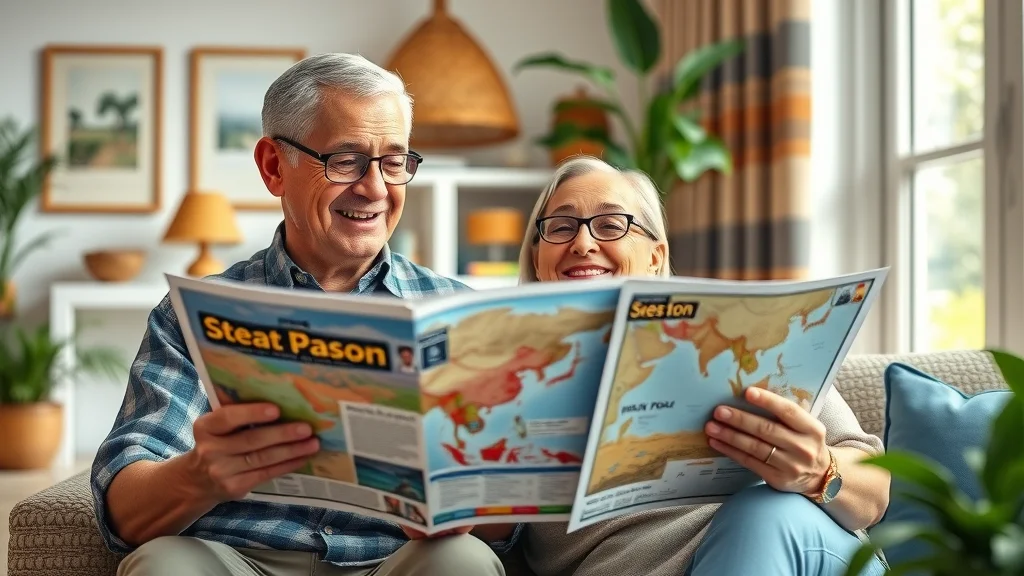
Personal Perspective: Unique Opportunities in Southeast Asia
Beyond the beautiful beaches and low cost, the unique fabric of life in Southeast Asia offers daily adventures and personal growth. For many retirees, the transition is more than financial—it’s about discovery. Imagine starting your day with fresh tropical fruit from a bustling local market, or joining a community tai chi class in a leafy city park. The pace of life often feels slower and more mindful, making it easier to focus on health, hobbies, and new friendships. This region also offers opportunities for meaningful engagement: from volunteering in community programs to attending cultural festivals and exploring ancient temples.
Retiring in Southeast Asia can be a chance to reinvent yourself. The mix of tradition and modernity in cities like Kuala Lumpur, or the artistic communities thriving in Bali, mean you won’t just be a spectator. Instead, you can contribute, participate, and expand your worldview. Each country, from Thailand with its warm hospitality to Vietnam’s dynamic cities and tranquil coastlines, has a personality that invites discovery and a new sense of belonging.
Main Benefits: Cost of Living, Healthcare, and Quality of Life
The main draw for most is the region’s exceptionally low cost of living compared to Western standards. It’s not uncommon to maintain a high-quality lifestyle—enjoying spacious apartments, professional healthcare, regular dining out, and travel—with a fraction of the expenses in places like the United States. Private hospitals in Bangkok and Kuala Lumpur, for instance, offer state-of-the-art care at far lower prices than you’d find at home. English is widely spoken in financial hubs, and robust expat networks help ease the transition to daily life and tackle challenges from banking to finding the best local eats.
Quality of life extends far beyond financial savings. The region offers vibrant recreational and cultural opportunities, safe neighborhoods, and access to unspoiled natural wonders. Whether you value wellness, food, or new experiences, Southeast Asia is renowned for its hospitality and the rich connections retirees often forge with both locals and fellow expats.
"Retire in Southeast—that’s the dream for many. But the reality is filled with unexpected perks and a few surprises."
Comparing the Best Places to Retire in Southeast Asia
Top Countries for Retirees: Thailand, Vietnam, Malaysia, and More
If you’re evaluating your guide to retiring in southeast asia, narrowing it down to best countries is an essential step. Thailand shines for its welcoming visa policies, delicious food, and both urban and stunning rural landscapes—plus cities like Chiang Mai and Bangkok are magnets for expats. Vietnam lures retirees with its rapid modernization, low living costs, and long stretches of coastline—especially cities such as Da Nang, which is quickly becoming a retirement hotspot. Malaysia, meanwhile, is lauded for its “Malaysia My Second Home” program, allowing longer stays and ease of property ownership, particularly popular in Kuala Lumpur’s cosmopolitan atmosphere and Penang’s heritage-rich environment.
Bali remains an iconic destination for those drawn to island living, creative communities, and spiritual retreats. Each country offers unique visa schemes, health care standards, and lifestyle perks, but all deliver affordability and an improved quality of life compared to many Western destinations. Deciding where to retire in Southeast Asia means weighing these facets while aligning with your personal goals—whether it’s peace, adventure, culture, or convenience.
Spotlight Cities: Da Nang, Kuala Lumpur, Chiang Mai, Bali
- Da Nang: Coastal Charm and Affordable Luxury—Modern amenities, friendly locals, and stunning beaches combine for a well-rounded, affordable expat lifestyle.
- Kuala Lumpur: Cultural Diversity and Urban Comforts—A major city with world-class infrastructure, hospitals, and a vibrant multicultural scene where English is widely spoken.
- Chiang Mai: Serene Living and Expat Networks—Known for its calm pace, affordable living, thriving creative communities, and excellent healthcare options.
- Bali: Island Lifestyle and Creative Communities—A paradise for retirees seeking tranquility, artistic culture, and spiritual fulfillment in a tropical setting.
| City/Country | Avg. Cost of Living (USD/month) | Safety Index | Visa Flexibility |
|---|---|---|---|
| Da Nang, Vietnam | $900 – $1,400 | High | 6–12 month visas, affordable extensions |
| Kuala Lumpur, Malaysia | $1,200 – $2,000 | High | Long-term MM2H program, flexible requirements |
| Chiang Mai, Thailand | $950 – $1,500 | High | O-A retirement visa, renewable yearly, clear rules |
| Bali, Indonesia | $1,200 – $2,100 | Medium | Special retirement KITAS, annual renewal |
The Real Cost of Living: Retiring in Southeast Asia on Any Budget
Budget Breakdown: Monthly Expenses for Retirees
Understanding your monthly expenses is key to figuring out whether your dream to retire in Southeast Asia matches your finances. Most retirees in major cities or coastal communities find that expenses fall into three main categories: housing, food, and healthcare. In places like Chiang Mai or Da Nang, you can rent a modern apartment for $350–$700 per month, while higher-end or central locations in Kuala Lumpur or Bali may range from $800–$1,200. Beyond housing, eating out remains affordable—street food meals often cost less than $2, while mid-range restaurants range from $5–$15 per person. Utilities and internet in Southeast Asia tend to be relatively low, averaging $80–$120 monthly. Factor in transportation, entertainment, and a moderate travel budget, and a comfortable lifestyle often requires $1,200–$2,000 a month, depending on your city choice and hobbies.
It’s important not to underestimate healthcare costs, which, while low compared to the United States, should be budgeted for through private insurance or local programs. For those planning luxury living or more frequent travel, adjusting the monthly income requirement to $2,500 or more will provide greater comfort and flexibility.

Hidden Costs: Health Insurance, Property & Visas
Southeast Asia’s reputation for low cost doesn’t always mean your expenses will end with rent and meals. Health insurance is a vital part of retirement planning; plans range from local, affordable policies at about $40/month, to international coverage which can reach $120–$300/month for older retirees or those with pre-existing conditions. Factor in property ownership fees, annual taxes, and possible agent or legal consultation charges, especially in countries like Bali or Vietnam where foreigners face unique restrictions on buying land or houses.
Visa application and extension fees can also mount up—retirement visas may require financial requirements such as a minimum bank account balance (from $25,000 in Thailand’s O-A visa) or proof of monthly income. Additional hidden costs include overseas banking fees, currency transfers, and, for some, initial cultural adaptation or language lesson expenses. Planning for these “surprise” expenses means a smoother, stress-free transition to your new home.
How Far Does $100,000 Go When You Retire in Southeast Asia?
A nest egg of $100,000 can stretch far further in Southeast Asia than in most Western countries. If you draw from social security or a modest pension, supplementing with savings, it’s realistic to cover living expenses, health insurance, and regular recreation for years—especially in cost-effective cities like Da Nang. For example, with a careful budget of $1,200 per month, you could potentially fund more than six years of high-quality living. In higher-cost hubs like Kuala Lumpur or Bali, you may need to adjust your lifestyle, limit more lavish expenditures, or supplement with investment income.
The bottom line: Southeast Asia is among the few places to retire where a fixed sum can fund not just “getting by,” but living well—enjoying travel, culture, and top-notch healthcare along the way. Strategic financial planning and realistic expectations are your best companions on this journey.
"Living well in Southeast Asia is about smart choices, not just low prices."
Visa, Residency, and Legal Considerations for Retiring in Southeast Asia
Types of Retirement Visas in Southeast Asia
Navigating visa options can feel overwhelming, but understanding the different retirement visas in Southeast Asia is crucial. Thailand’s O-A “Retirement Visa” is among the most recognized, requiring applicants aged 50+ to show a minimum bank account balance and pass a health check. Malaysia’s MM2H offers long-term, multi-entry residency for foreign residents, provided you meet monthly income and asset requirements. Vietnam and Indonesia present their own versions—though Vietnam’s path is more complex and may involve investor visas—while Indonesia facilitates retirement through the KITAS program for those over 55.
Some programs allow dependents to join and even offer business privileges, while others require annual renewals or regular financial reporting. Always check direct embassy sources or consult immigration professionals to ensure your paperwork meets up-to-date criteria, as policies may shift.
Navigating Visa Requirements in Thailand, Vietnam, and Malaysia
The specifics of each process can vary:
- Thailand: The O-A visa requires proof of financial security, health insurance for international hospitals like Bangkok Hospital, and background checks.
- Vietnam: Many retirees use tourist or investor visas and extend them locally, but requirements can change, so consult an immigration agent for current advice.
- Malaysia: The MM2H program is amongst the most flexible—requiring proof of a stable monthly income and sufficient savings in a local bank account.

Legal Tips for Property Ownership and Long-term Residency
Each country’s property rules differ and some restrict foreigners from direct land ownership. In Malaysia and Thailand, condominiums are the most popular option since these can typically be owned outright by foreigners, while landed houses may involve leasehold agreements or partnerships with locals. In Vietnam, most expats rent, signing longer-term contracts for security. Engaging a reputable real estate agent and legal advisor is wise, especially in your first months, to avoid miscommunication or fraud.
For those aiming for long-term residency, staying up-to-date with visa renewals, new regulations, and ongoing documentation requirements—such as proof of income, local address, or even annual health checks—is essential. Keep multiple copies of key documents and a trusted contact for legal help for peace of mind.
Healthcare and Insurance: Staying Healthy When You Retire in Southeast Asia
Public vs. Private Healthcare Systems
Healthcare access is a prime concern for anyone considering retiring in Southeast Asia. Public healthcare systems in the region tend to be well-equipped in major cities but may fall short in rural areas or for those with significant medical needs. For this reason, most expats and retirees opt for private hospitals—Bangkok Hospital in Thailand, Gleneagles in Kuala Lumpur, and top facilities in Bali and Ho Chi Minh City are renowned for their quality, English-speaking staff, and international accreditation.
Costs in private facilities are a fraction of what you’d pay in the United States, but still require health insurance for major procedures. Many hospitals offer direct billing to foreign insurance providers, streamlining emergency situations and planned care alike. For day-to-day medical needs, pharmacies and clinics are accessible and affordable.
Accessing Quality Healthcare in Southeast Asia
Many retirees are pleasantly surprised by the standard of care available in Southeast Asia’s private sector. Diagnostic and specialist services are often easier to access and quicker to schedule than in the West. Cities like Kuala Lumpur and Bangkok boast international airport hubs, making healthcare tourism—for elective surgeries or second opinions from Western-trained doctors—straightforward and affordable.
If you require ongoing care for chronic illnesses, it’s wise to establish relationships with a primary care provider and specialist as soon as you settle. Consider proximity to major hospitals when choosing your place to retire, especially if you have significant health needs. Routine checkups, dental care, and vision services are available at a fraction of Western living costs, further enhancing your quality of life.

Best Practices: Choosing Health Insurance as a Retiree
With healthcare highly affordable but still presenting out-of-pocket risk for emergencies, securing the right health insurance policy is crucial. Choose between local plans, which cover treatment at regional private hospitals, and global policies that include coverage in your home country for visits or specialty treatments. For those planning frequent travel, ensure evacuation and repatriation benefits are included. Age, health history, and residency status affect premiums and accessibility; many international insurers cap enrollment ages at 65–75, so apply as early as possible.
Compare policies on the basis of coverage depth, annual maximums, exclusions for pre-existing conditions, and insurer reputation. Ask local expats for recommendations, and read policy fine print before purchase to avoid unpleasant “surprises” at claim time. Combining smart planning with robust health insurance protects your savings and allows you to focus on enjoying the adventure.
Lifestyle and Culture: Living the Good Life in Southeast Asia
Integration: Community, Language & Local Customs
Retiring in Southeast Asia isn’t just about affordability or climate; it’s about thriving in a new culture. Expat communities, especially in places like Chiang Mai, Da Nang, or Penang, make integration easier. Many retirees choose to learn basic local phrases to ease daily interactions and deepen social ties. English is widely spoken in urban areas, especially in healthcare, banking, and hospitality, but mastering a few key expressions earns goodwill and practical benefits.
Respect for local customs—removing shoes before entering a home, honoring religious practices, and learning social etiquette—is appreciated. Festivals, national holidays, and joyful communal meals offer windows into tradition, helping transform newcomers into valued members of the community.
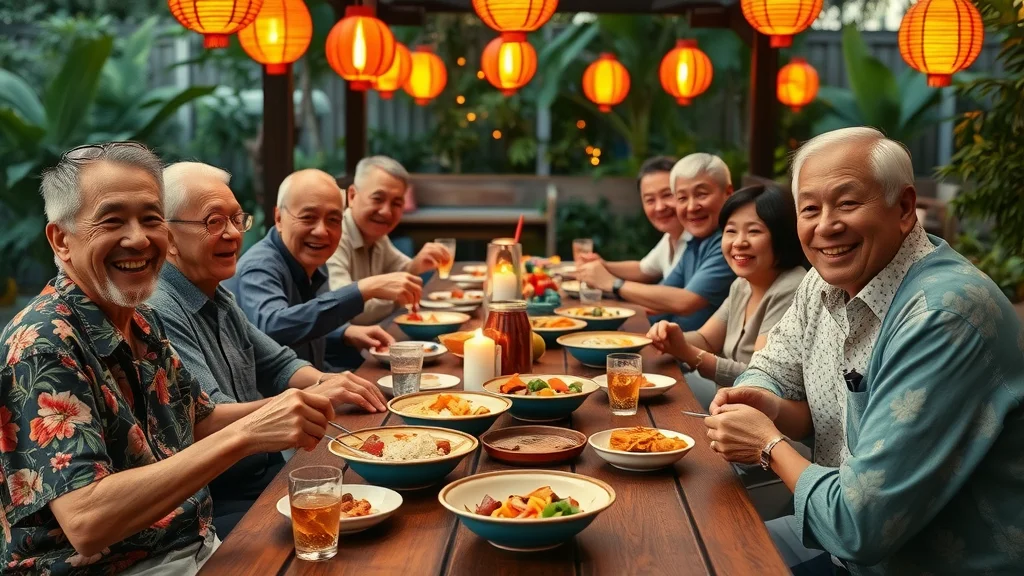
Day-to-Day Life: Food, Recreation, and Social Activities
Your daily routine as a retiree in Southeast Asia could include sunrise walks along the beach, sampling street food, practicing yoga in park pavilions, and joining language exchanges at neighborhood cafes. Recreation spans golf courses, international sports clubs, and group classes—from dance to cooking—while local festivals and artisan markets fill the calendar with vibrant events.
Social activities extend to both expat and local circles, so building a support network starts with showing up: join expat Facebook groups, attend city meetups, or volunteer at animal shelters and NGOs. Whether you’re a foodie, explorer, artist, or relaxation enthusiast, there’s an easy fit for every interest.
"It’s not just about where you plant your roots—it’s who you become amid Southeast Asia’s energy and grace."
- Learning the local language: Essential or optional?
- Participating in festivals and cultural events
- Building an expat support network

Safety & Security: Choosing the Safest Countries to Retire in Southeast Asia
Crime and Safety Rankings Across Southeast Asia
Safety is top-of-mind for many retirees—and rightfully so. Most popular retirement destinations in Southeast Asia rank highly for personal safety, with lower crime rates in cities like Da Nang, Penang, and Kuala Lumpur compared to many counterparts in the West. While urban centers may see minor petty crime or scams, violent incidents are rare, and local authorities prioritize tourist and expat safety. Neighborhoods with strong expat presence often feature community security measures, well-lit streets, and local police outreach.
The presence of CCTV cameras, active community patrols, and responsible local culture further enhance feelings of security. While no city is without risk, informed choices about neighborhoods and adopting basic precautions can make daily life peaceful and secure.
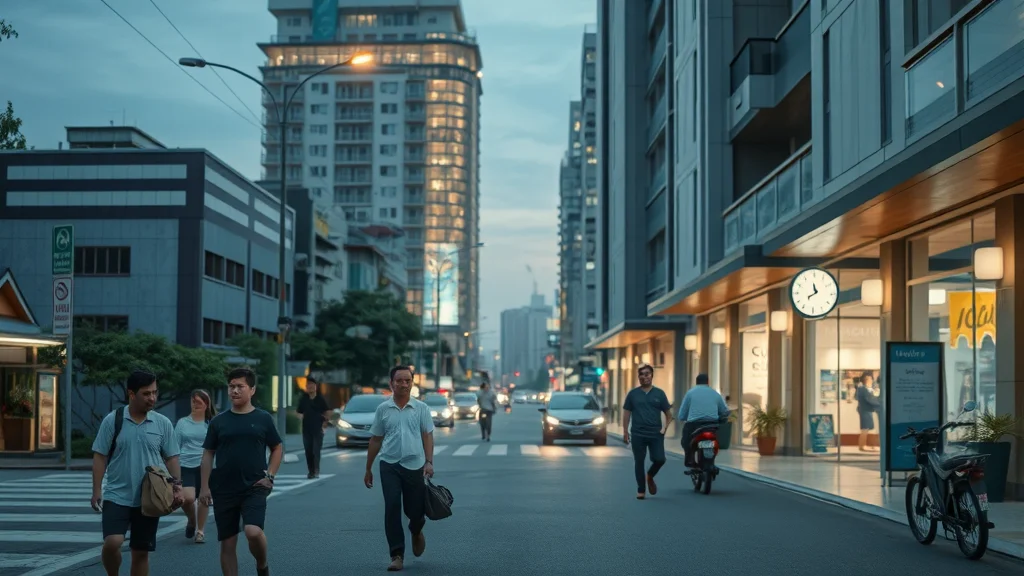
Personal Security Tips for Retirees
Retirees should practice the same prudence as in their home countries—avoid displaying valuables, use ATMs in secure locations, and establish good relationships with local neighbors. Consult expat forums or local government sites for current advisories, and consider registering with your home embassy. Developing local emergency contacts, saving the numbers for reputable taxi or rideshare services, and understanding how to access local healthcare or police assistance are all wise preparatory steps.
Embracing local customs and understanding daily patterns (such as busy market hours or areas to avoid after dark) can help avoid common pitfalls. In the event of an emergency, know where the nearest high-quality hospital—like Bangkok Hospital or Penang General—is located and keep key documents handy at all times.
Healthcare Safety: Emergency Preparedness in the Region
Southern Asia offers high standards of emergency healthcare in its major cities; however, retirees should be prepared for travel or language barriers if an accident occurs in remote zones. Private hospitals generally provide English-speaking staff, but it’s important to carry proof of insurance, a list of medications, and emergency contacts. Some retirees opt for medical alert bracelets or translated cards outlining allergies or chronic conditions.
Familiarize yourself with the local equivalent of 911 or international emergency hotlines. Many expat residences or gated communities have direct lines to trusted ambulance or first responder services. Ultimately, a little advance planning goes a long way to ensuring safety and peace of mind.
Watch a dynamic tour of daily life as real expats explore Southeast Asian markets, savor local dishes, and experience vibrant culture firsthand. Discover what it’s truly like on the ground in the region’s best places to retire.
See a real-world breakdown of monthly budgets, must-have expenses, and money-saving tips to maximize your retirement destination dreams in Southeast Asia.
Making the Leap: Steps to Start Your Guide to Retiring in Southeast Asia
- Plan your reconnaissance trip
- Budgeting and financial planning
- Securing housing or long-term rental
Checklist for a Smooth Transition to Retiring in Southeast Asia
- Travel Visas: Apply for long-term or retirement visas well in advance and keep digital and hard copies of all official documents.
- Banking: Open a local bank account and notify your home institutions of your move for uninterrupted transactions.
- Healthcare: Research and purchase reliable health insurance before arrival. Identify your preferred clinic or hospital near your new home.
- Housing: Research neighborhoods, secure short-term rentals at first, and only commit to a long lease once you’re confident in your choice.
- Legal Advice: Consult with local attorneys for any property purchases or lease agreements.
- Community Connection: Reach out to expat organizations for support and social opportunities as you settle in.
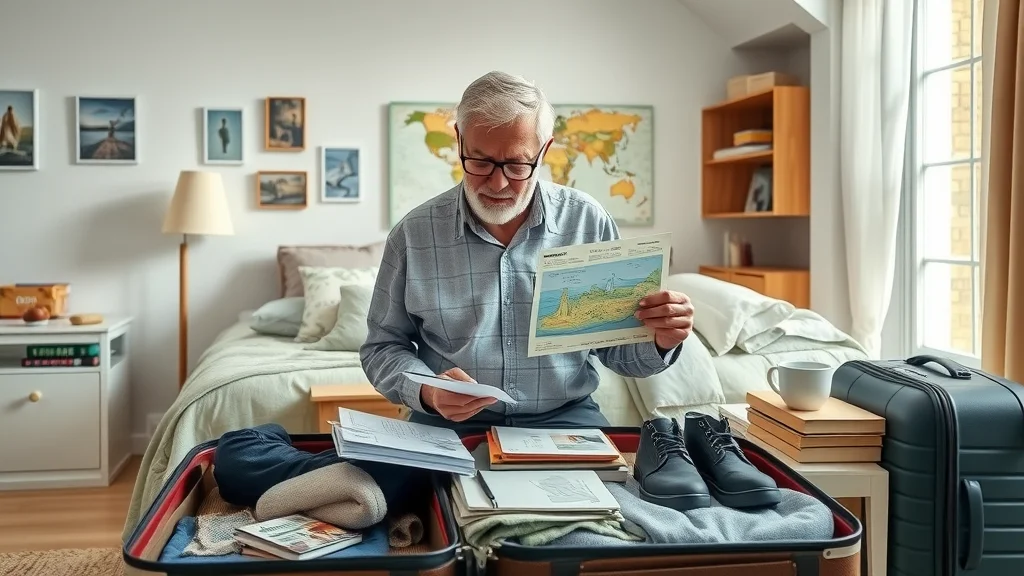
Real Experiences: Stories from Retirees in Southeast Asia
"Every retiree’s journey in Southeast Asia is unique. Some come for the climate, others for the culture, but all find a new sense of belonging."
- Challenges and surprises in daily life
- Rewards of cross-cultural retirement
- Tips from expats: what they wish they knew
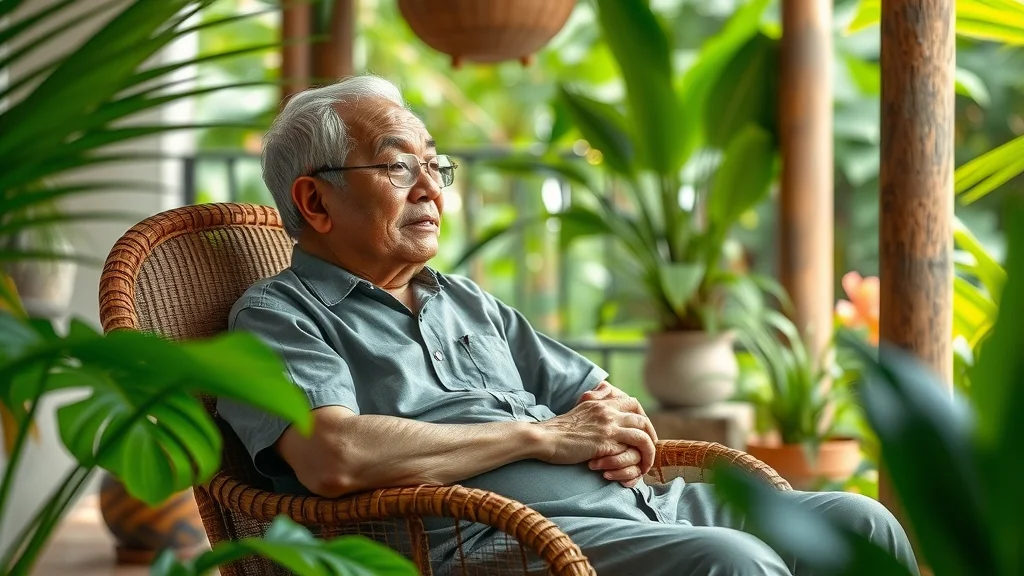
People Also Ask about Retiring in Southeast Asia
Where is the best place to retire in Southeast Asia?
Discover top-ranked cities and countries based on cost, climate, culture, and expat satisfaction when considering your guide to retiring in southeast asia.

Is $100,000 enough to retire in Thailand?
Analysis of budgets, average cost of living, and potential lifestyle expectations with $100,000 for retirees in Thailand.
What is the safest country in Southeast Asia?
Evaluating crime rates, healthcare, and stability to identify the safest places for retiring in southeast asia.
How much money do you need to retire comfortably in Vietnam?
Transparent breakdown of minimum and ideal retirement budgets for a comfortable life in Vietnam.
FAQs: Everything Else About Retiring in Southeast Asia
-
What are the cons of retiring in Southeast Asia?
While Southeast Asia is alluring, challenges include adapting to a different pace of bureaucracy, weathering visa policy changes, variable air quality in certain major cities, and distance from family in your home country. It's crucial to research local laws to avoid missteps and prepare for cultural differences. -
How is the healthcare system compared to my home country?
Southeast Asia’s urban healthcare system—especially private hospitals—often matches or exceeds Western standards for quality and service. However, access can be less robust in rural areas, so retirees with ongoing health needs should choose their retirement destination with this in mind. -
Can I work part-time while retiring in Southeast Asia?
In most cases, retirement visas restrict formal employment. Some expats volunteer or consult, but paid positions may require an additional work permit or special investor visa, so check the regulations of your chosen country. -
What’s the tax situation for foreign retirees?
Taxes can vary: many countries only tax locally-sourced income, not overseas pensions or social security. Always seek professional advice to ensure compliance in both your home country and new residence.
Key Takeaways for Your Guide to Retiring in Southeast Asia
- Prioritize safety, affordability, and lifestyle fit when selecting your place to retire
- Prepare for legal and healthcare requirements before your move
- Embrace local culture for the richest retirement experience
Final Thoughts: Is Southeast Asia Right for Your Retirement Journey?
Retiring in Southeast Asia isn’t just an escape, but an invitation to a new, vibrant chapter—where comfort, adventure, and genuine community are within reach for those prepared to embrace them.
 Add Row
Add Row  Add
Add 

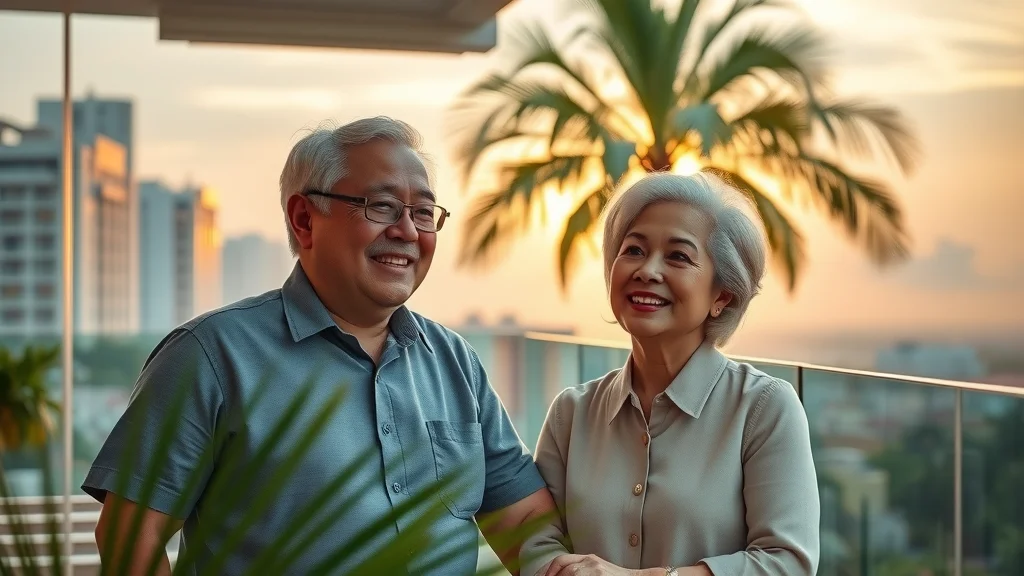

Write A Comment